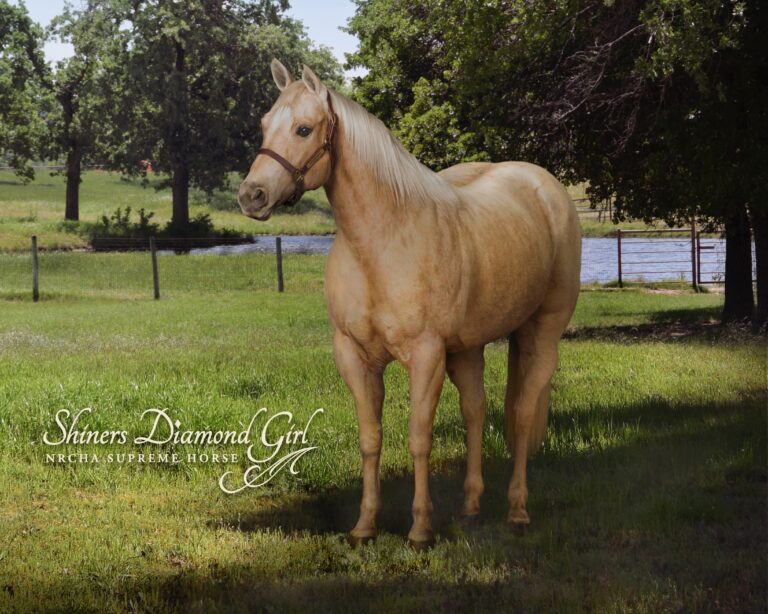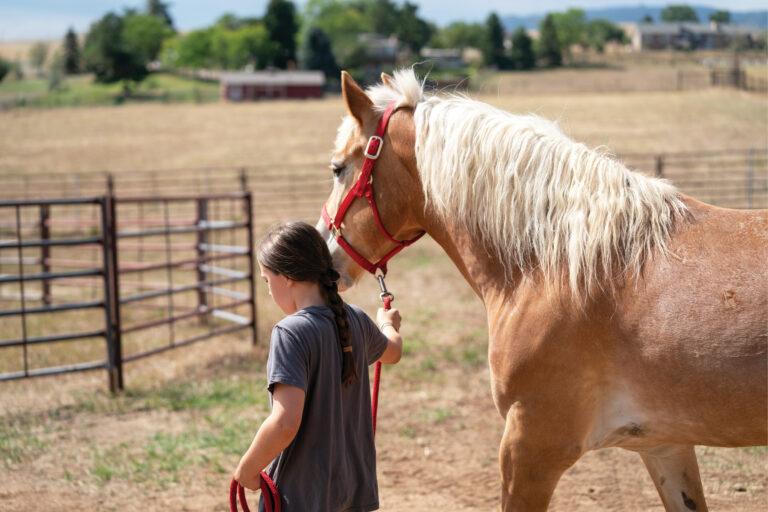A horse regulates the temperature of his body by moving heat through his muscles and out through his skin. In anhidrosis, a condition characterized by an inability to sweat when faced with a hot or humid ambient environment or exercise, horses don’t sweat. Even in circumstances where it’s expected such as during exercise or in hot, humid environments.
Since horses typically lose 65% to 70% of body heat through sweating, non-sweating severely limits a horse’s ability to maintain a safe internal body temperature. This is dangerous as they overheat, potentially experiencing heat stroke or exhaustion, and even death as vital internal organs begin to shut down.
Anhidrosis is most common in warm, coastal regions, and is often made worse by the fact the heat and moisture can reduce sweat evaporation. While a specific cause hasn’t been confirmed, some syndromes have been identified as culprits including hypothyroidism, low blood-chloride concentration, and elevated epinephrine (or adrenaline) levels. The general acceptance is that, regardless of the cause, the culprit is the sweat glands themselves. In acute cases, it seems to be a temporary dysfunction, whereas in chronic conditions the glands are commonly permanently damaged.

Spotting the Condition
The condition can be minor to severe, and progress can be gradual or acute. Initially signs may show up as increased respiratory rate, inability to cool down after exercise, or minimal to lack of sweat. For example, a horse with anhidrosis may produce minimal to no sweat when ridden, perhaps only having wet spots under the saddle pad or headstall, when another horse would typically be soaked with sweat. Another example would be a horse with severe symptoms that isn’t able to stand outside in high temperatures or humid conditions without becoming distressed—they have a high body temperature, lethargy, and a high respiratory rate. Horses with chronic anhidrosis also often develop dry, flaky skin, especially on the forehead as well as hair loss, fatigue, low weight, and decreased water intake.
Read More: Is Your Horse Hot or Overheated?
Typically, a veterinarian can make a diagnosis based on symptoms alone. To confirm, tests can be performed using intradermal injections of epinephrine or terbutaline dilutions to try to stimulate the sweat glands. Electrolyte analysis also is sometimes used for monitoring and treatment planning.
Managing the Symptoms
You can manage a horse’s environment to reduce symptoms. Keep him stalled or in a shaded turnout during the day. Install fans and misters or sprinklers to circulate air or provide relief. You also may add water sources in his turnout areas as some horses use troughs, ponds, or water-filled ditches to cool off. Always offer cool, clean drinking water to ensure that your horse stays hydrated, and be careful about the time of day and conditions you choose to exercise him in. Ride during cooler parts of the day or find indoor arenas where heat and sometimes humidity can be better manipulated.
Try Electrolytes
Offering your horse electrolytes is another way you can help maintain symptoms during the hot months. This easy-to-feed pellet replaces minerals that are lost during exercise, extreme hot weather, and stressful situations. It’ll help maintain optimal hydration and encourage healthy water consumption.

Supplement for Support
Another option to help your horse during the hot months is by using a liquid supplement to help your horse recover from stress caused by heat and exertion. It’s a use-as-needed addition that helps dissipate body heat and promote cellular hydration.







